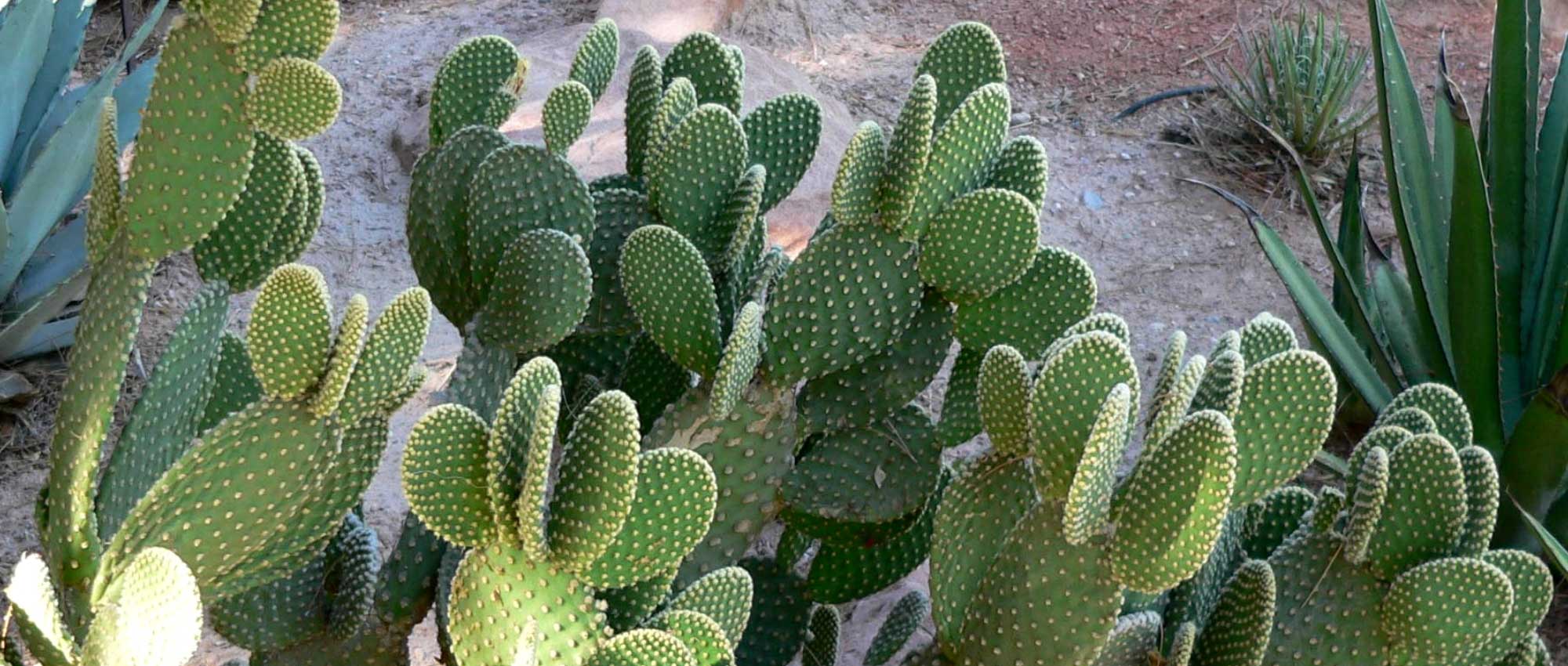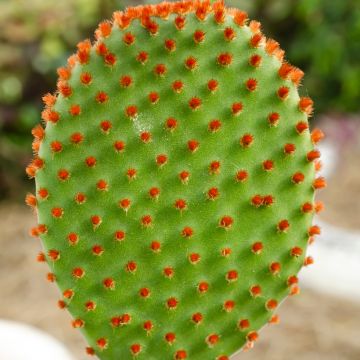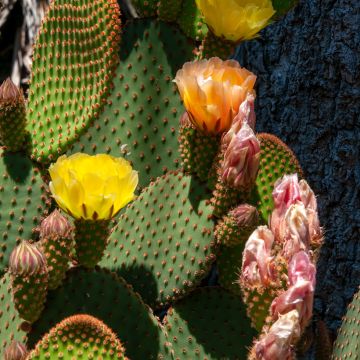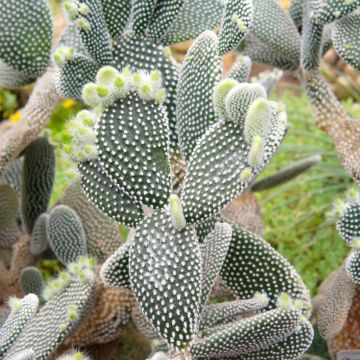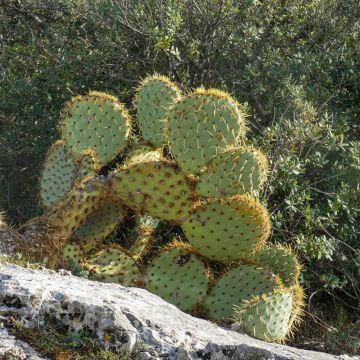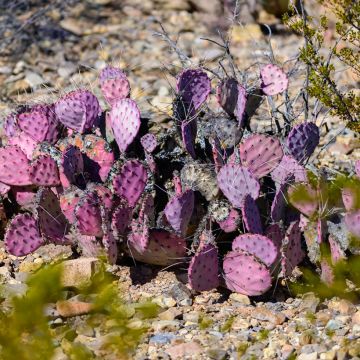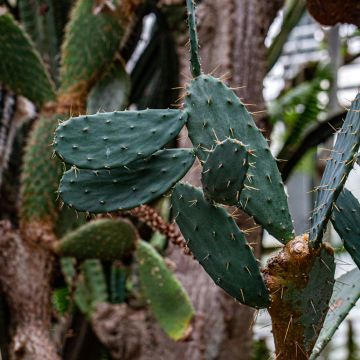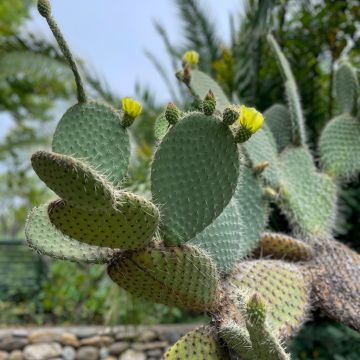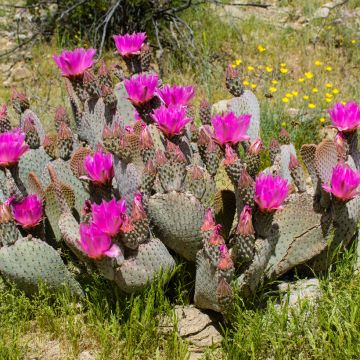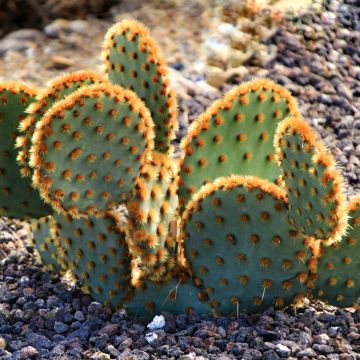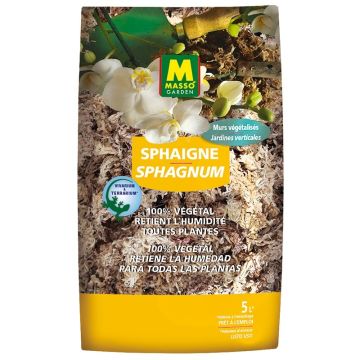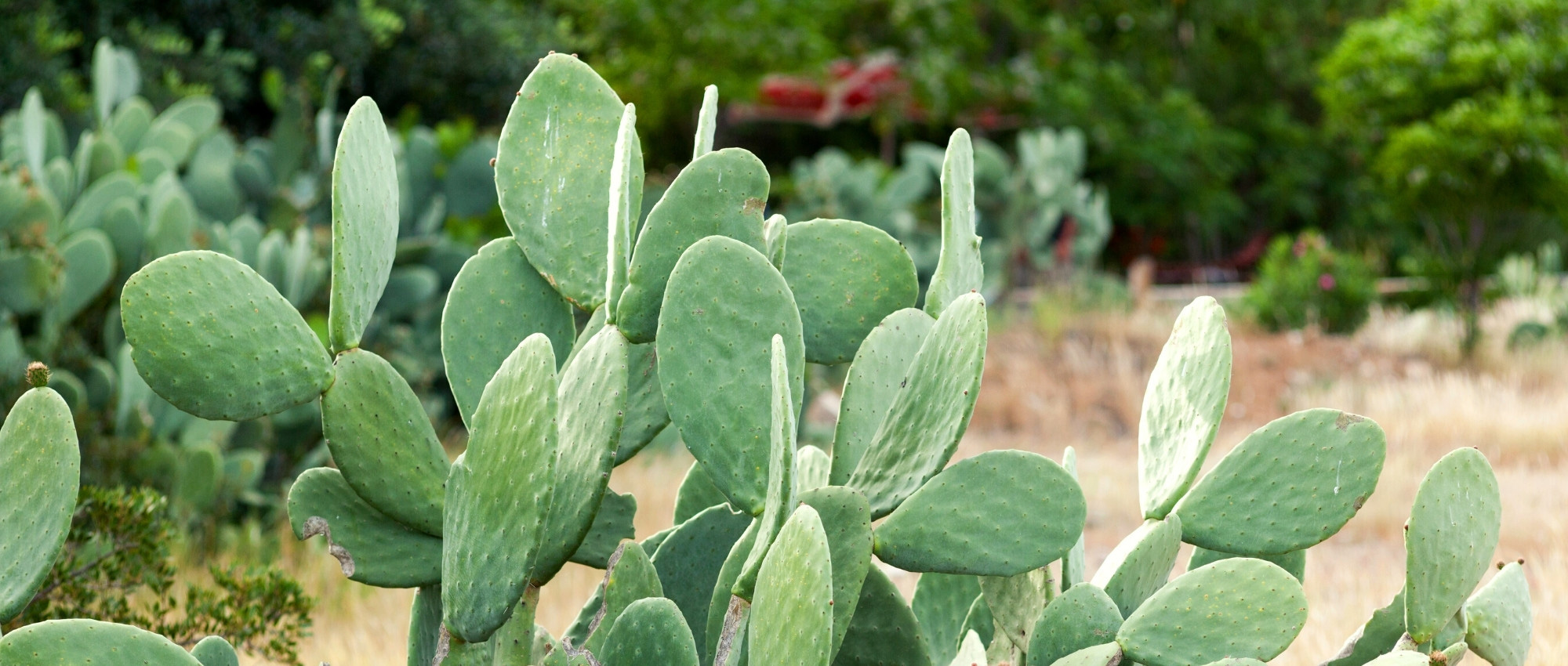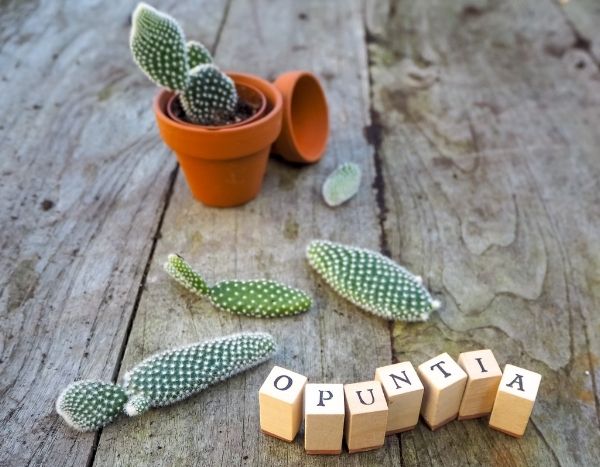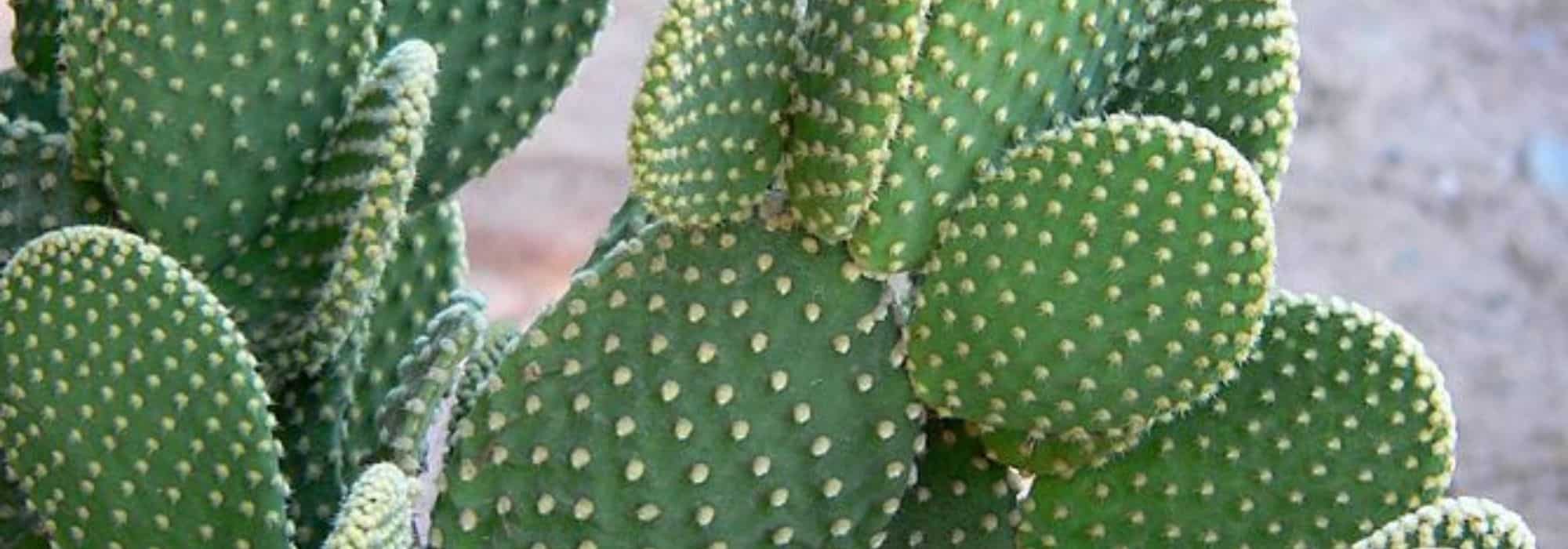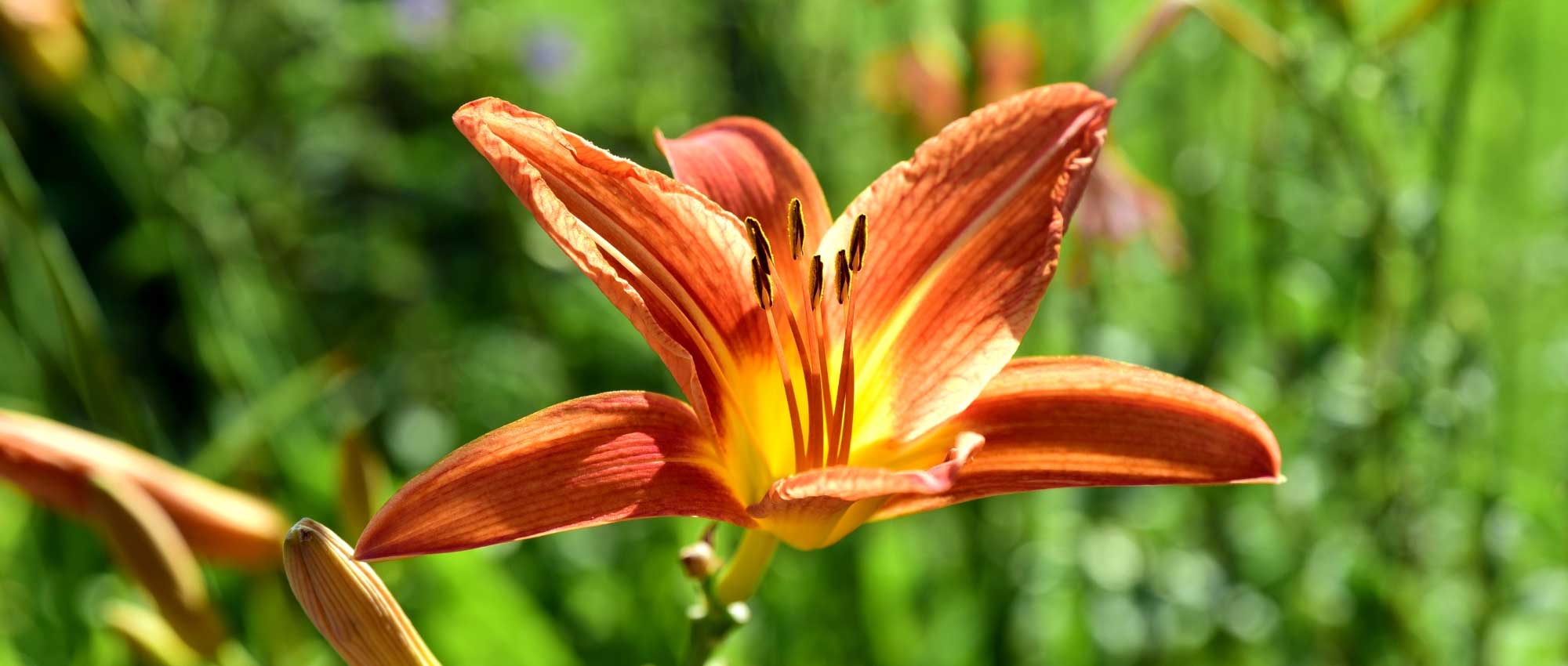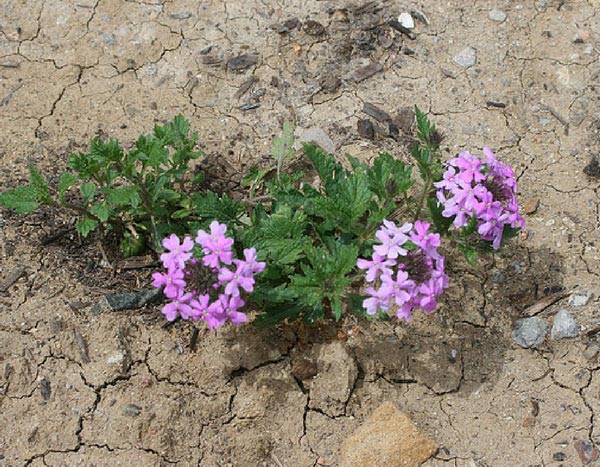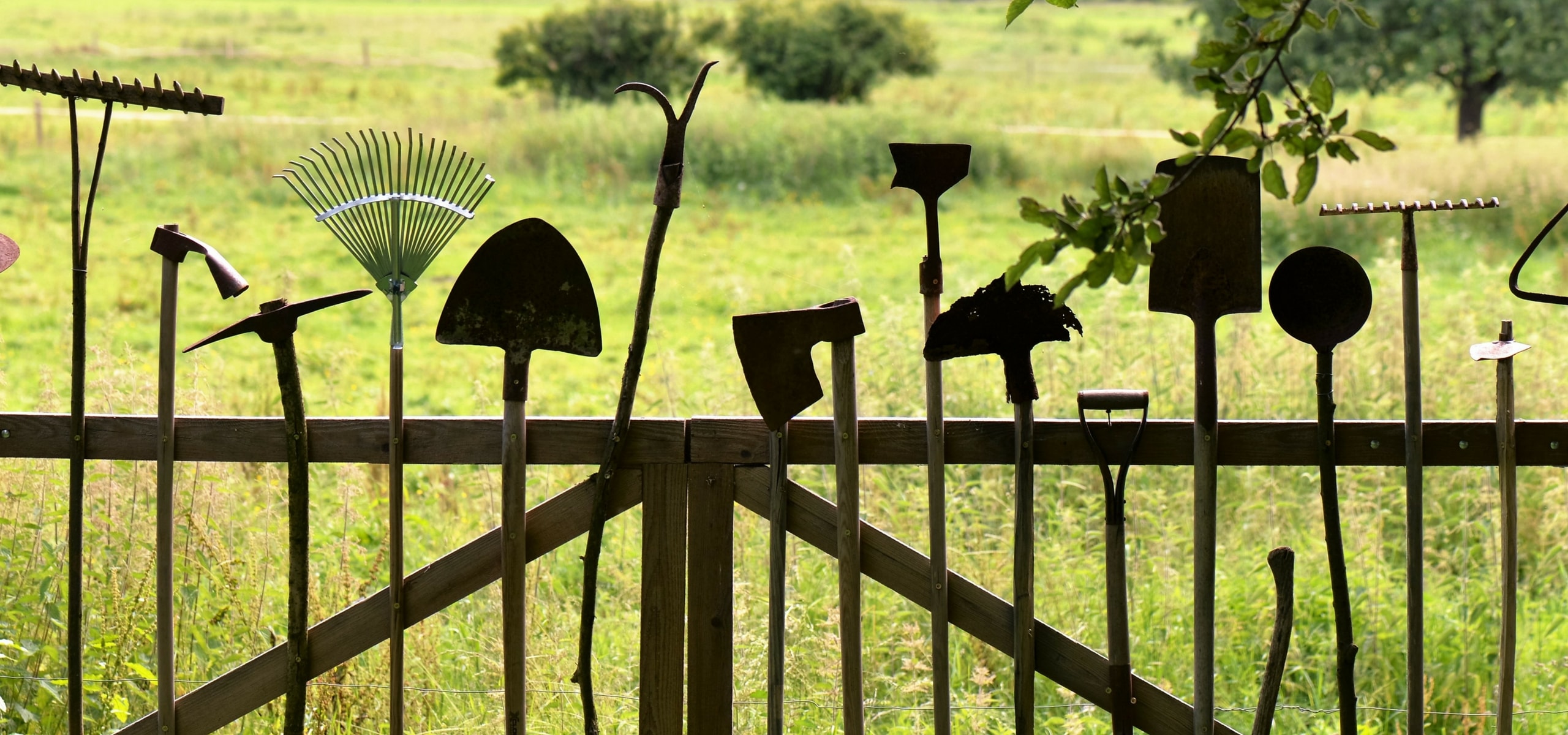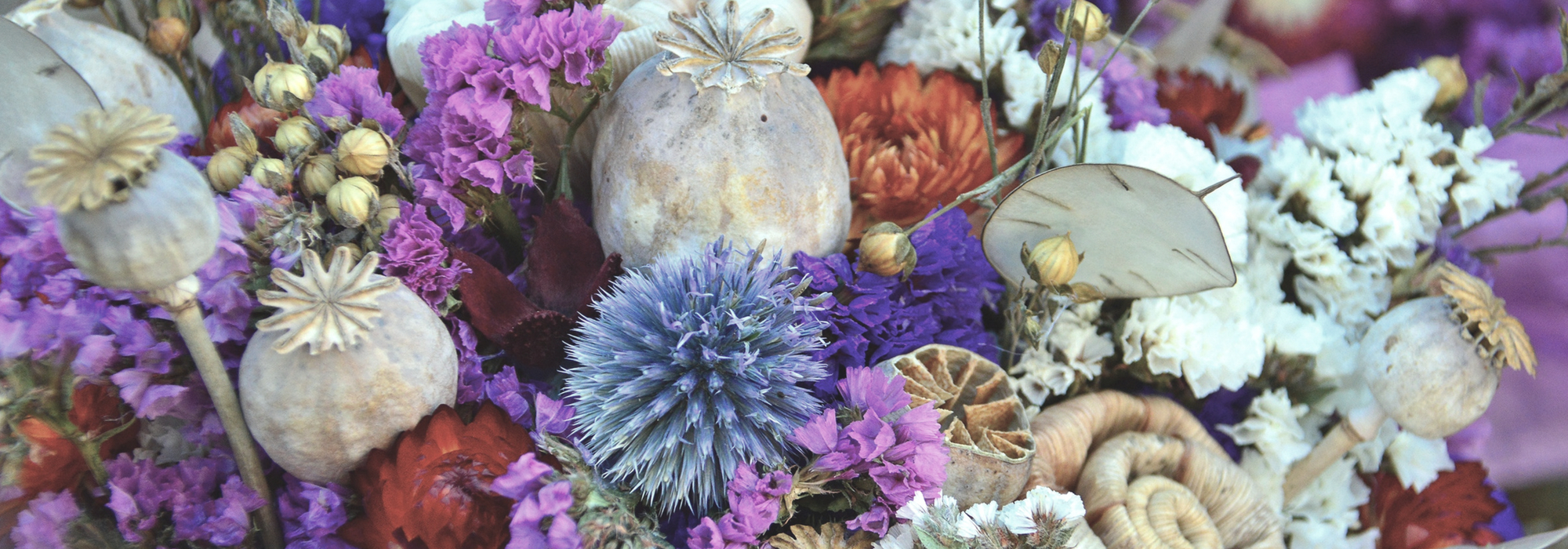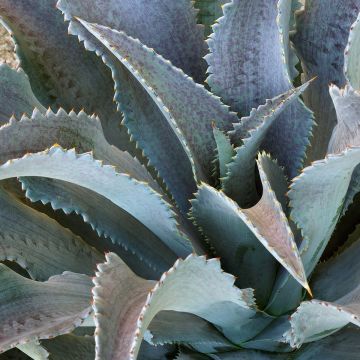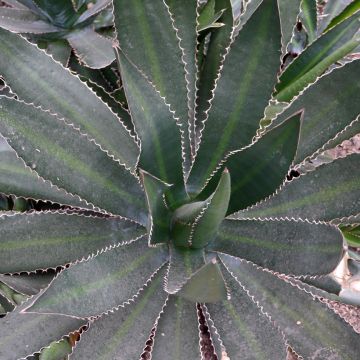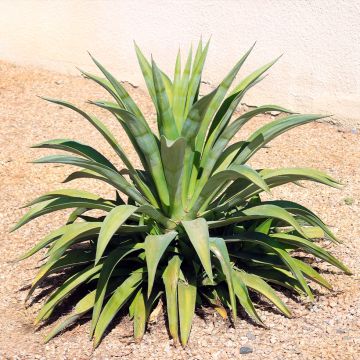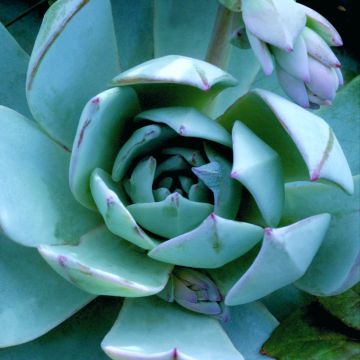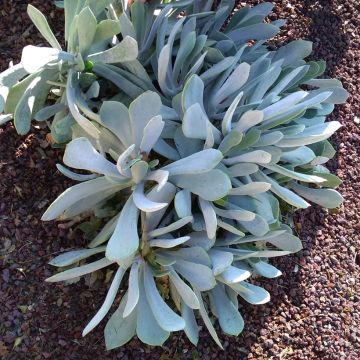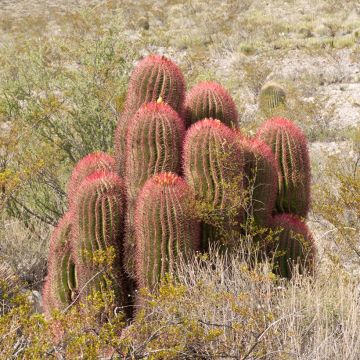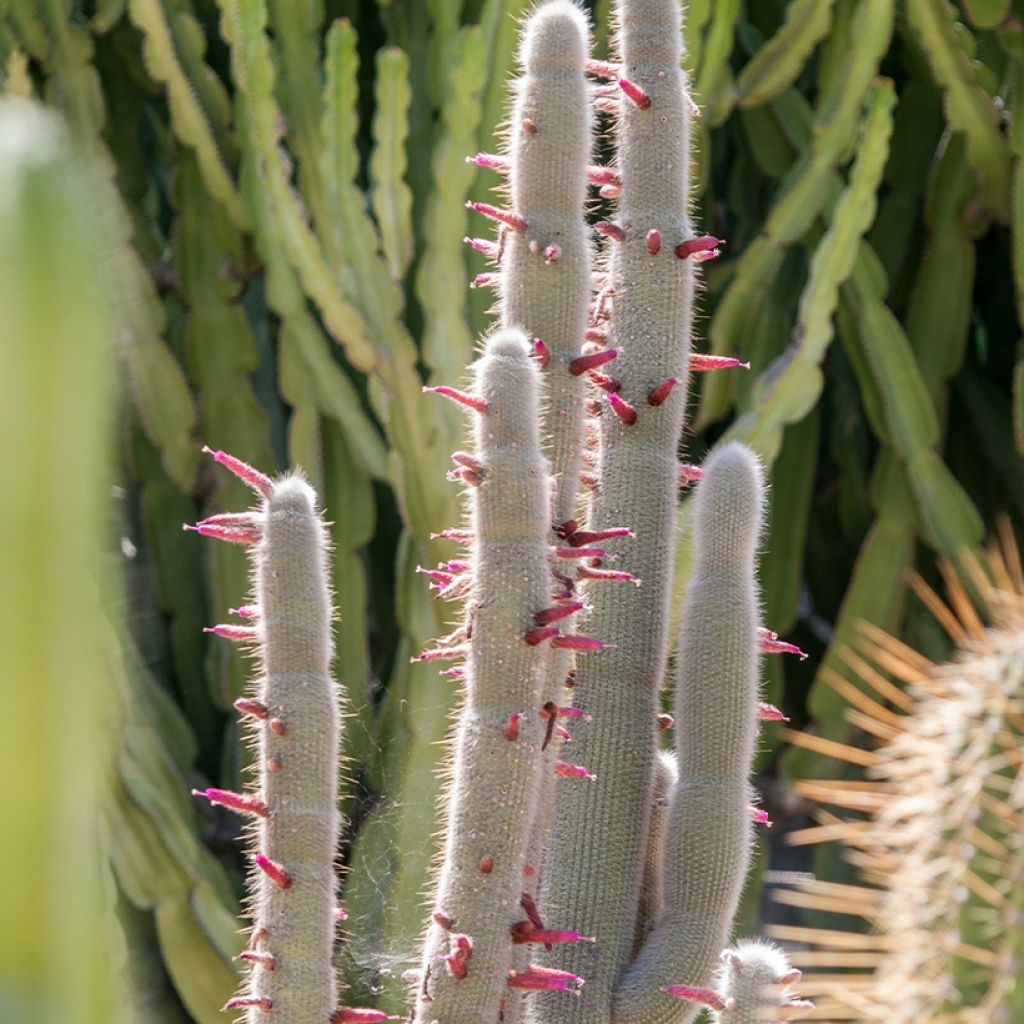

Cleistocactus strausii - Silver torch
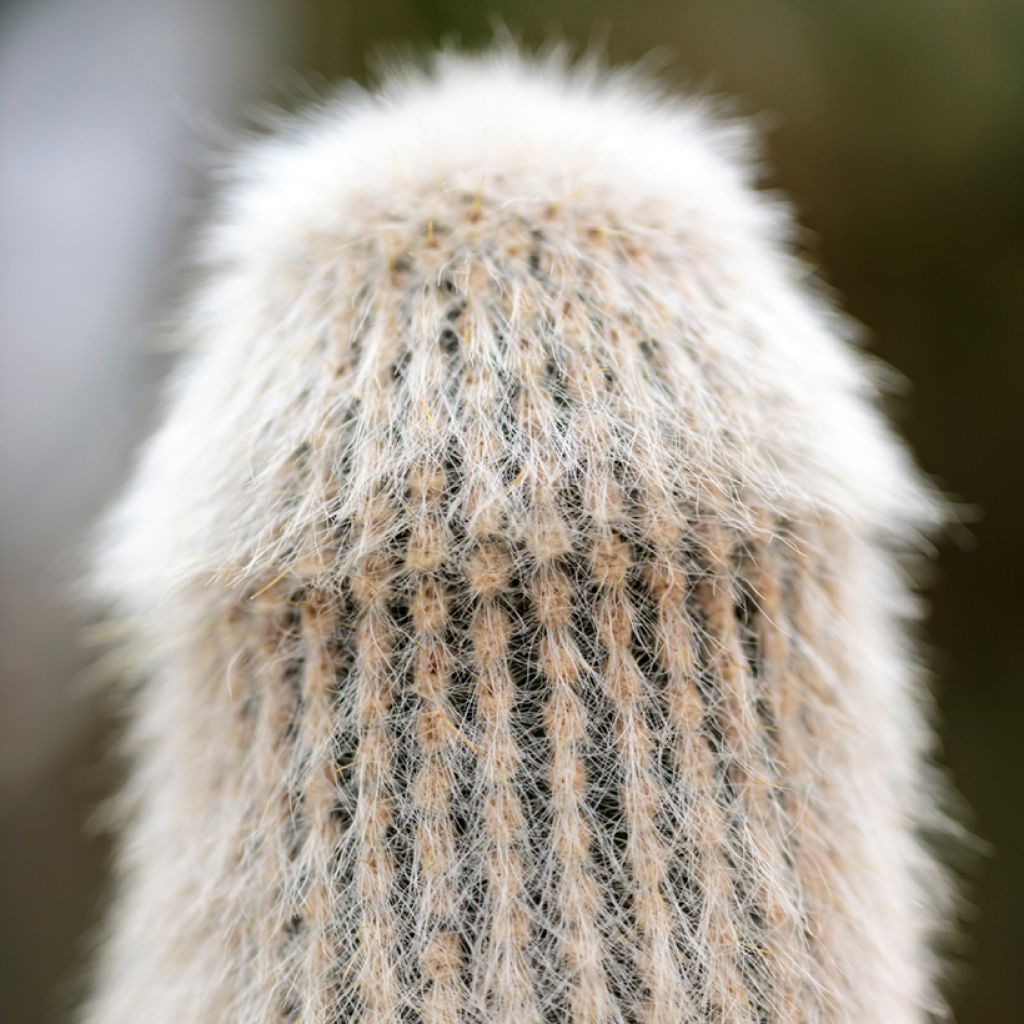

Cleistocactus strausii - Silver torch
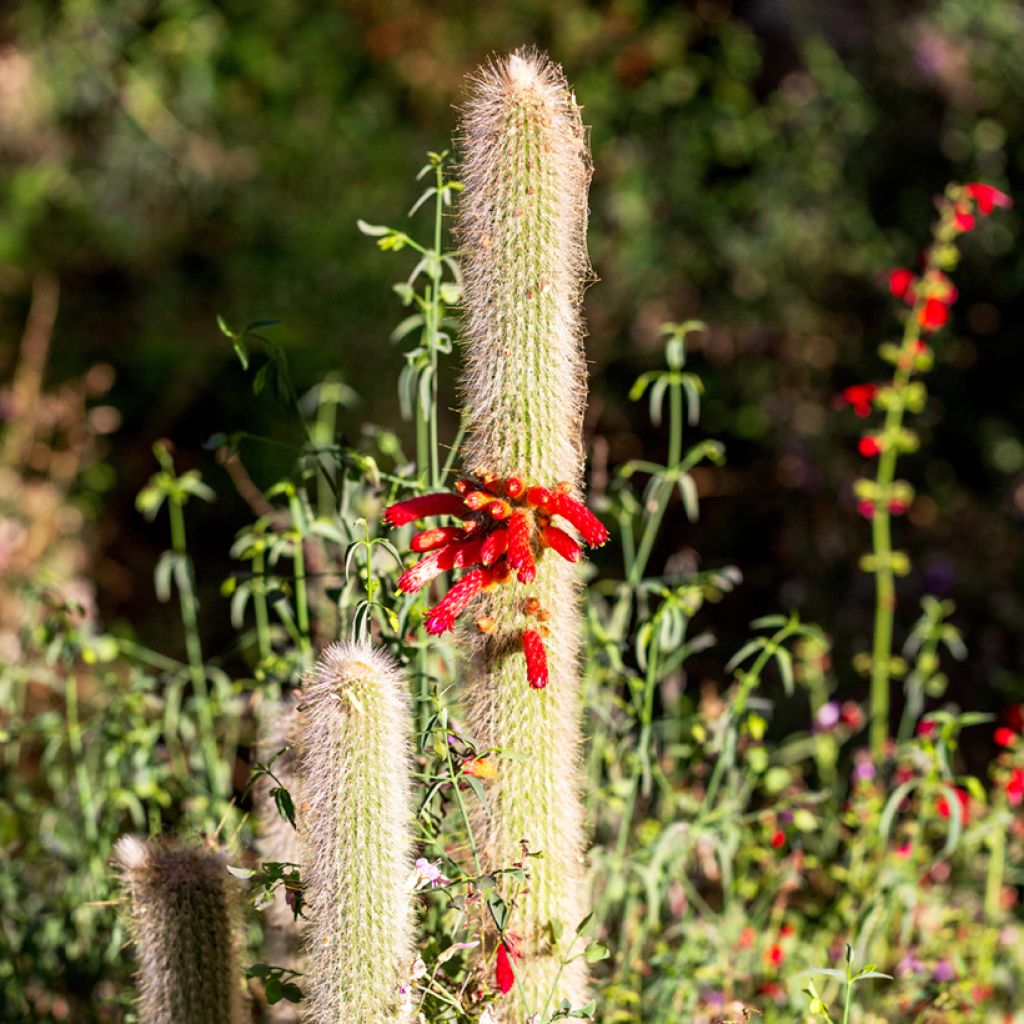

Cleistocactus strausii - Silver torch
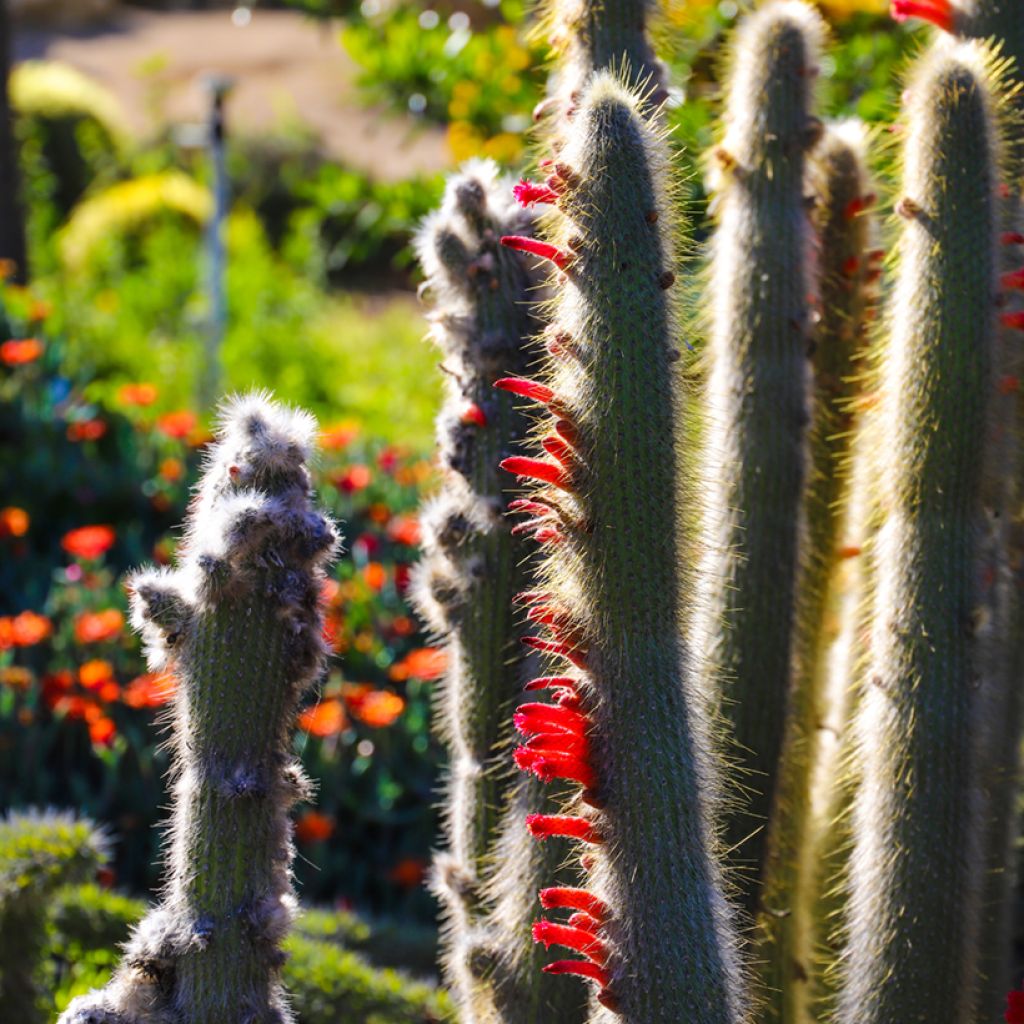

Cleistocactus strausii - Silver torch
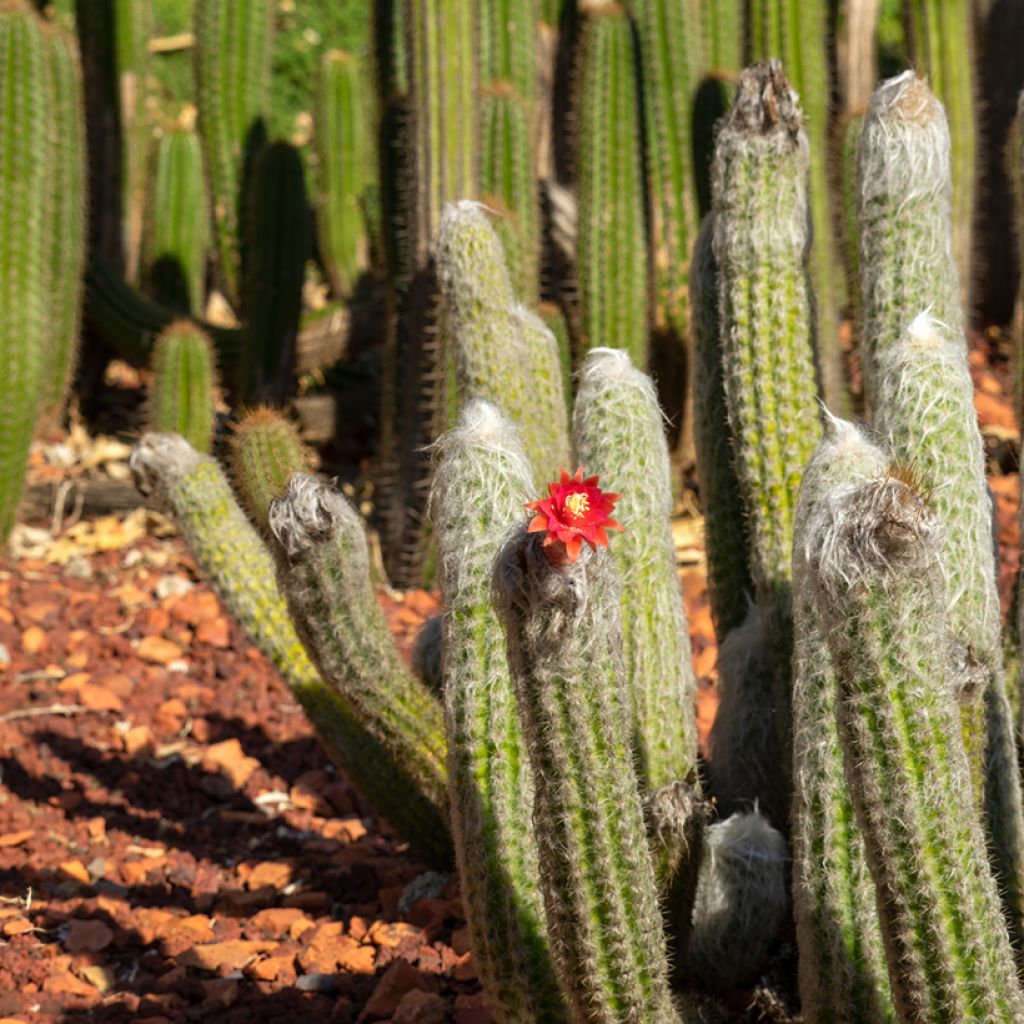

Cleistocactus strausii - Silver torch
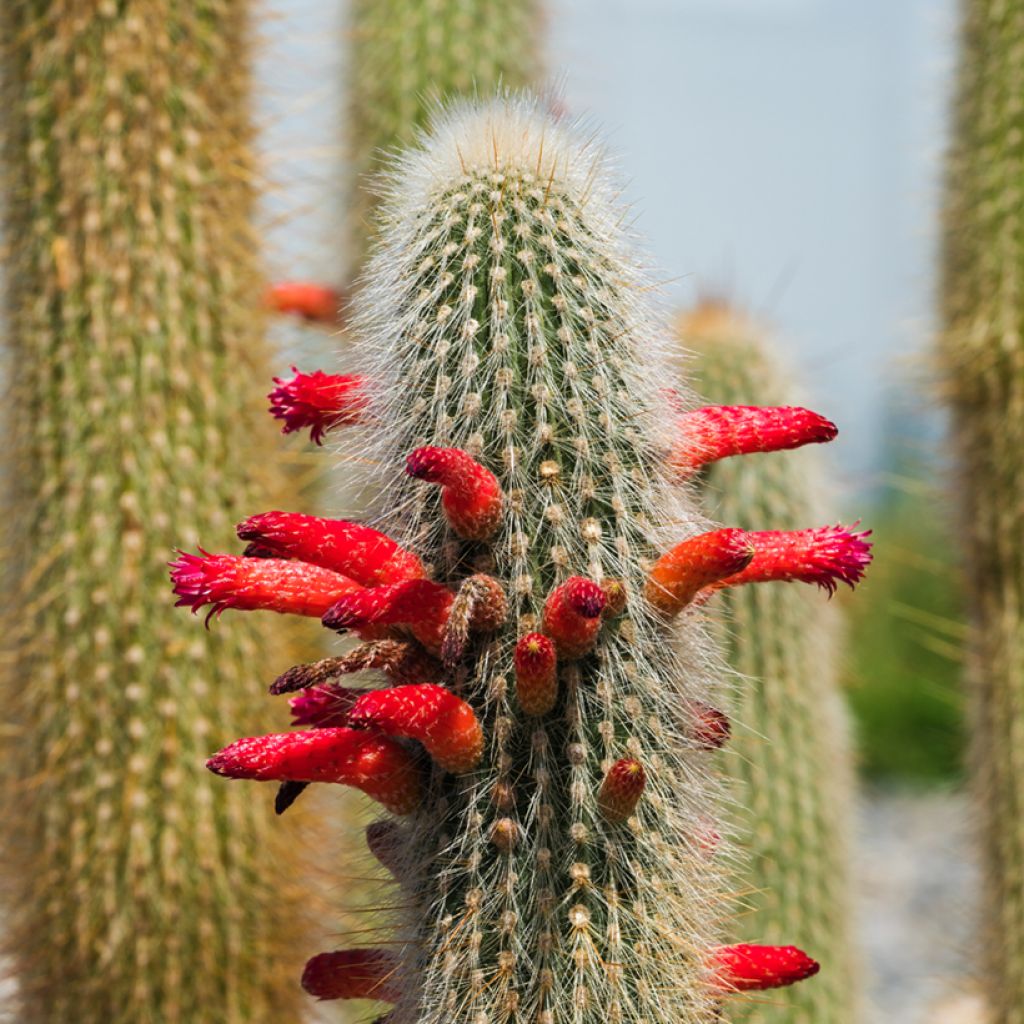

Cleistocactus strausii - Silver torch
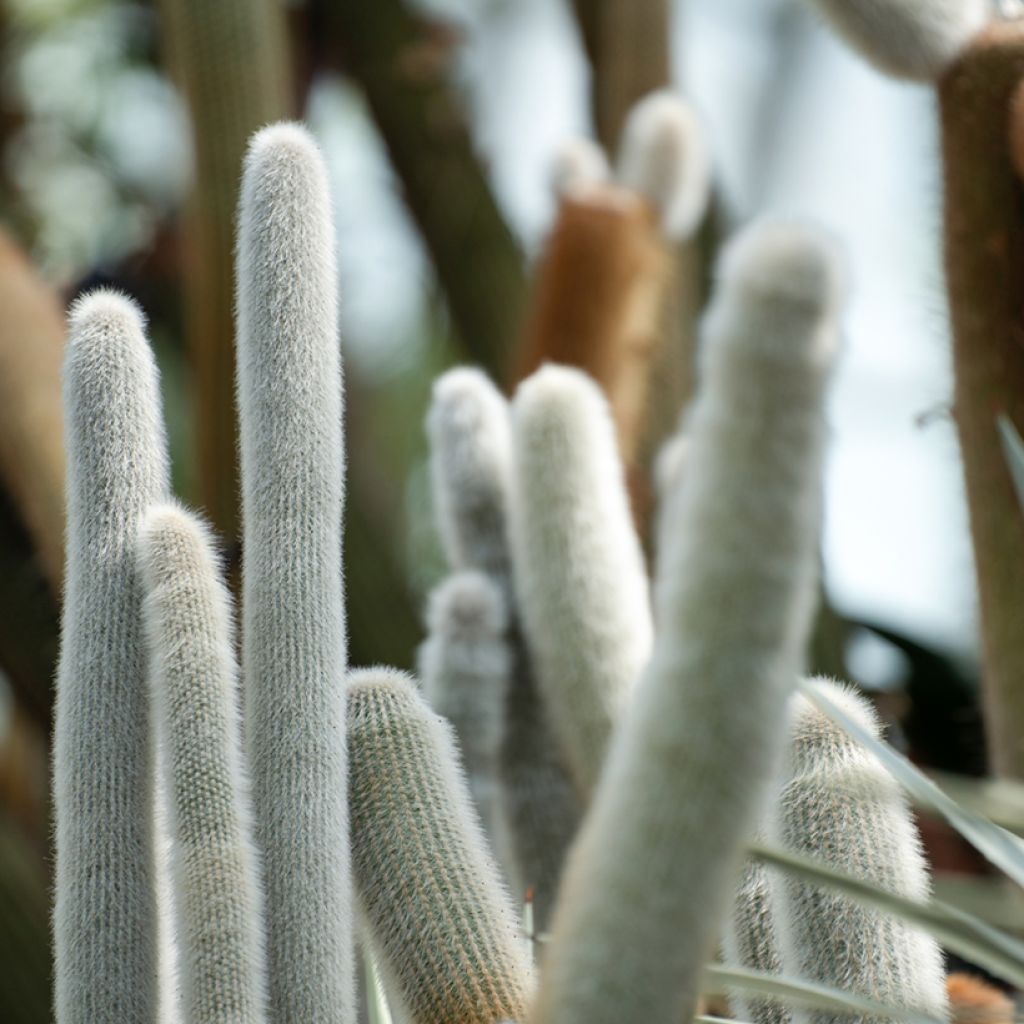

Cleistocactus strausii - Silver torch
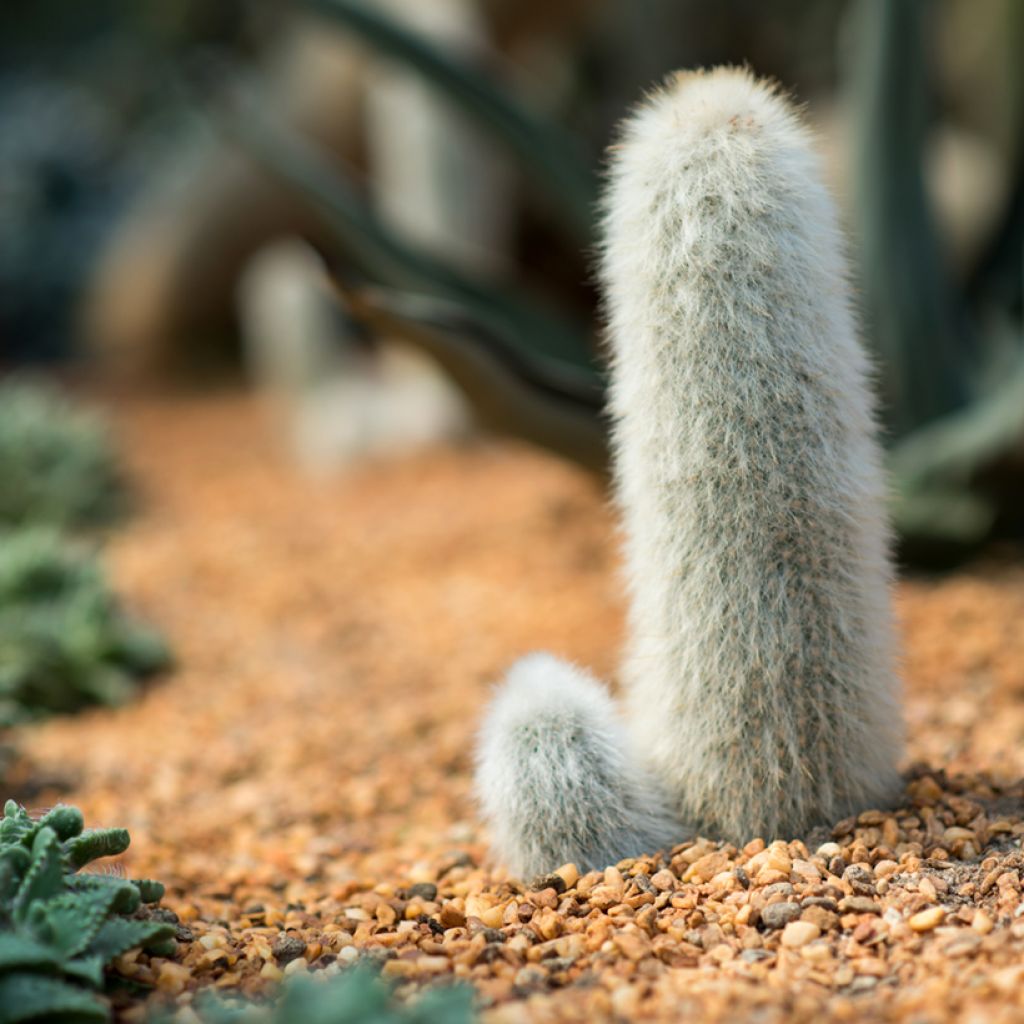

Cleistocactus strausii - Silver torch


Cleistocactus strausii - Silver torch
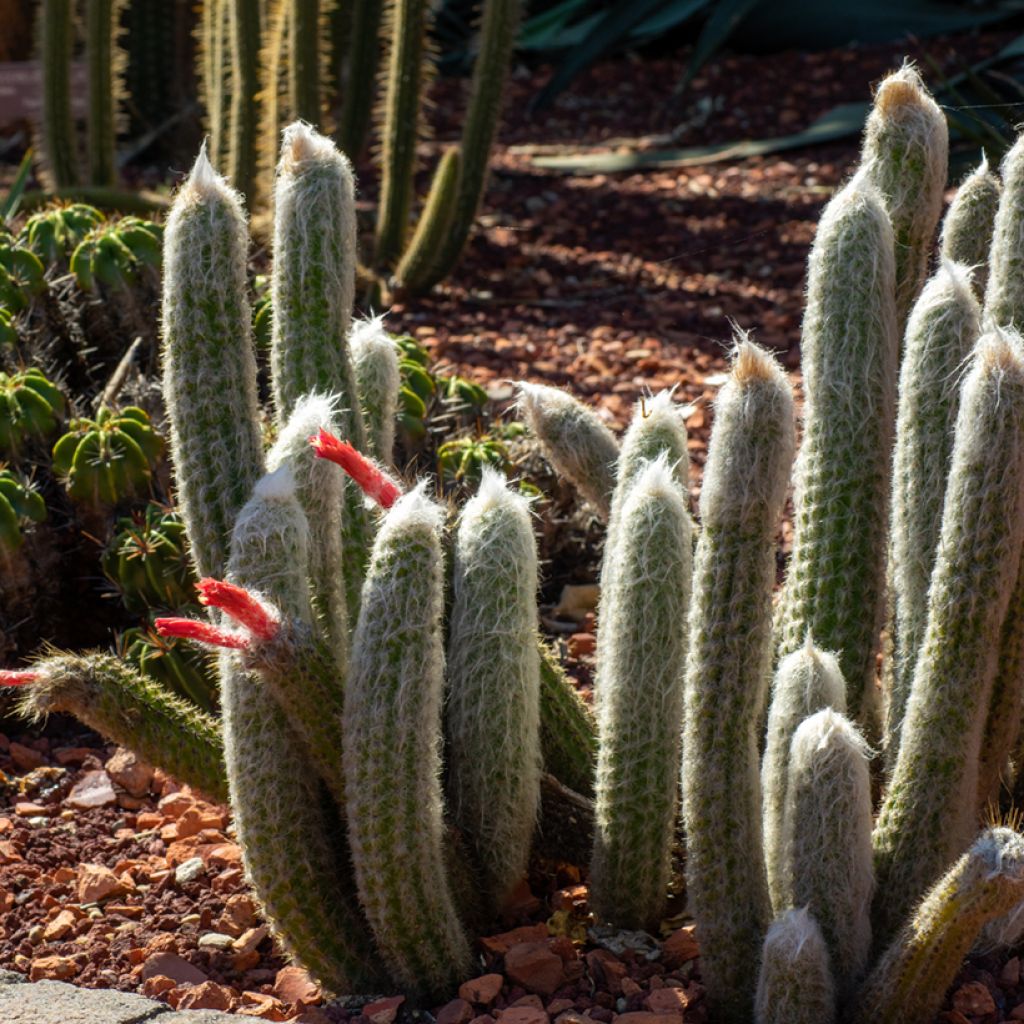

Cleistocactus strausii - Silver torch
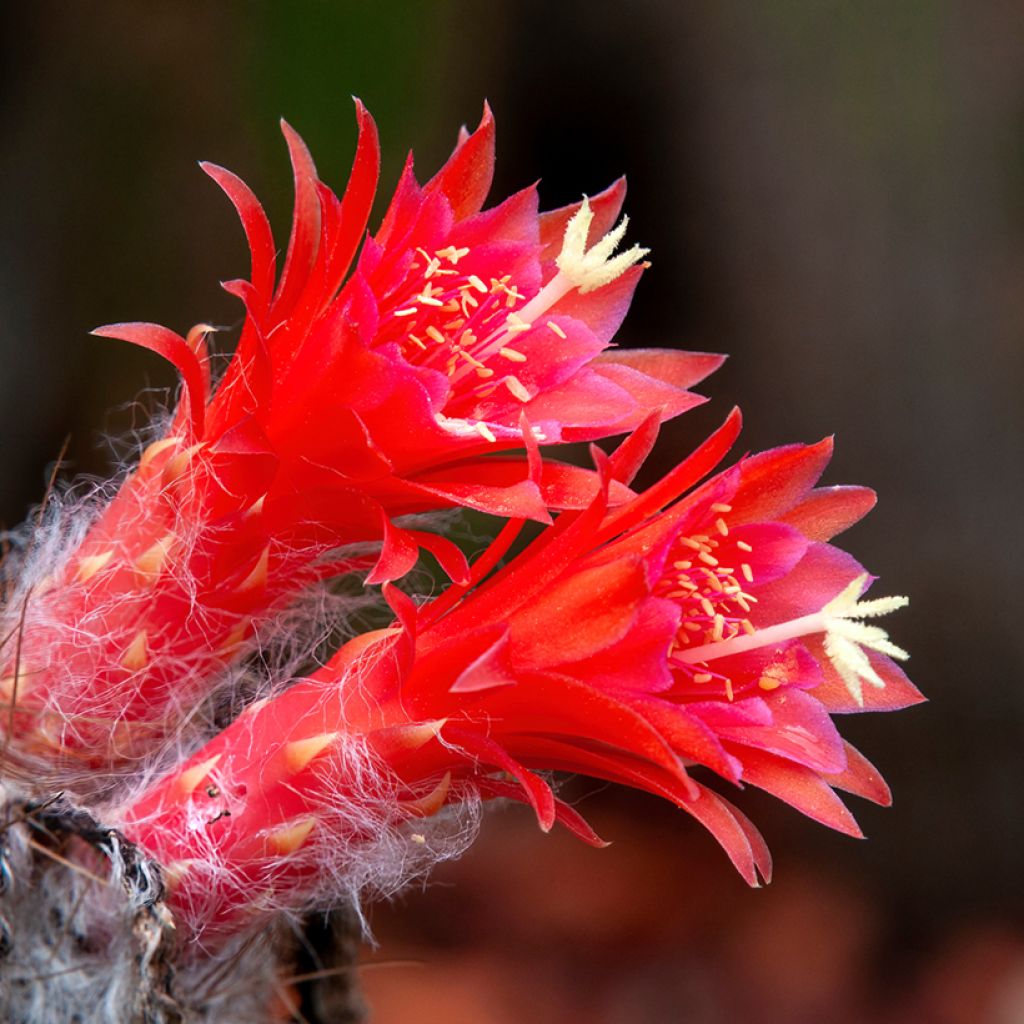

Cleistocactus strausii - Silver torch
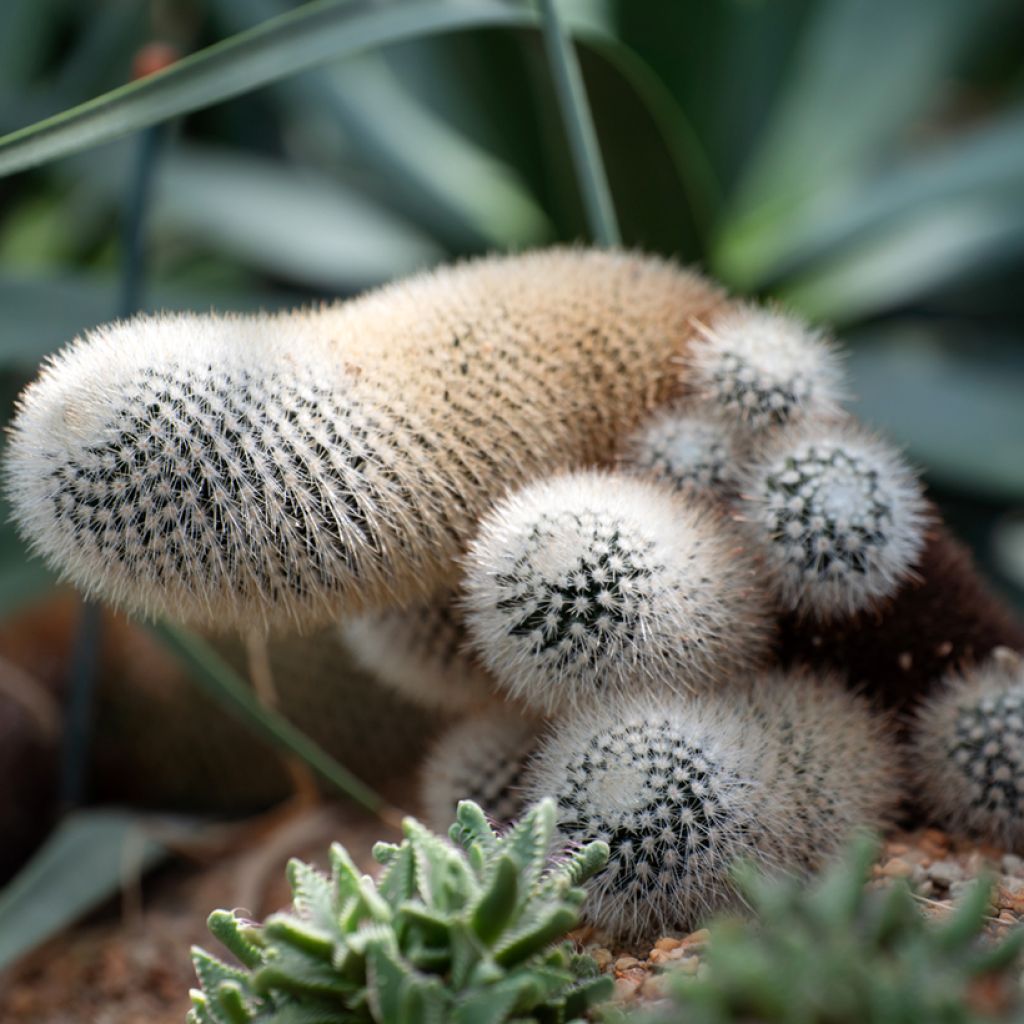

Cleistocactus strausii - Silver torch
Cleistocactus strausii - Silver torch
Cleistocactus strausii
Silver torch, Silver torch cactus
Special offer!
Receive a €20 voucher for any order over €90 (excluding delivery costs, credit notes, and plastic-free options)!
1- Add your favorite plants to your cart.
2- Once you have reached €90, confirm your order (you can even choose the delivery date!).
3- As soon as your order is shipped, you will receive an email containing your voucher code, valid for 3 months (90 days).
Your voucher is unique and can only be used once, for any order with a minimum value of €20, excluding delivery costs.
Can be combined with other current offers, non-divisible and non-refundable.
Home or relay delivery (depending on size and destination)
Schedule delivery date,
and select date in basket
This plant carries a 12 months recovery warranty
More information
We guarantee the quality of our plants for a full growing cycle, and will replace at our expense any plant that fails to recover under normal climatic and planting conditions.
Does this plant fit my garden?
Set up your Plantfit profile →
Description
Cleistocactus strausii is an elegant columnar cactus covered in silvery wool, originating from the Andes mountain range. It forms slender, upright stems that reach towards the sky, luminous and striking from afar in a rocky landscape. Though soft in appearance, covered in fine silvery down, it still bears short, rigid thorns that require caution. Patient and attentive gardeners may enjoy its beautiful red flowers in June. This lovely, not very hardy species is easily grown in pots and should be overwintered indoors outside the Mediterranean coastal region.
Cleistocactus strausii, from the Cactaceae family, is a columnar cactus native to the mountainous regions of Bolivia, particularly the Tarija department, and northern Argentina. It thrives at altitudes between 1,500 and 3,000 metres, often on cliffs bordering watercourses. This botanical species features erect, slightly greenish-grey stems, reaching up to 3 metres in height in the wild, with a diameter of around 6 cm. In cultivation under our climate, it rarely exceeds 2 metres in height. Over time, it produces offsets at the base, forming dense clumps that enhance its architectural habit. Its stems are lined with 25 to 30 longitudinal ribs, densely covered in areoles bearing four central yellow-brown thorns, up to 4 centimetres long, surrounded by 20 shorter, white radial thorns. They almost disappear within the dense silvery hair, a characteristic of the species. The flowers typically appear on specimens aged over 10 to 15 years and at least 45 cm tall. They are tubular, burgundy-red, and around 6 cm long. They emerge horizontally from the stems in June, opening only partially to reveal the stamens and style. Fruits are rare in cultivation—these are spherical, red, 2 cm diameter berries. The root system is adapted to well-drained soil, essential to prevent rot in case of excess moisture.
Despite its delicate appearance, Cleistocactus strausii can tolerate temperatures as low as -8/-10°C in dry soil, a remarkable adaptation to the climatic conditions of its native habitat. In our wetter winters, protection is advisable below -5°C.
Stunning in a minimalist setting, glowing against a backdrop of rocks and blue sky, this candelabra cactus naturally structures rocky landscapes, contemporary designs, and of course large Mediterranean rockeries. Paired with Agave ovatifolia, with its blue-grey rosettes, it creates a balance between rigidity and softness. It also complements Dasylirion miquihuanensis, whose long, slender leaves add a fluid dynamic to the composition. In pots, on a sunny terrace, it stands out as a living sculpture, alone in a simple terracotta container. To enhance its "desert" appeal, it can be staged with Aloe polyphylla. Playing with light and form, Cleistocactus strausii becomes a centrepiece in an arid bed, evoking the Andean landscapes.
Cleistocactus strausii - Silver torch in pictures
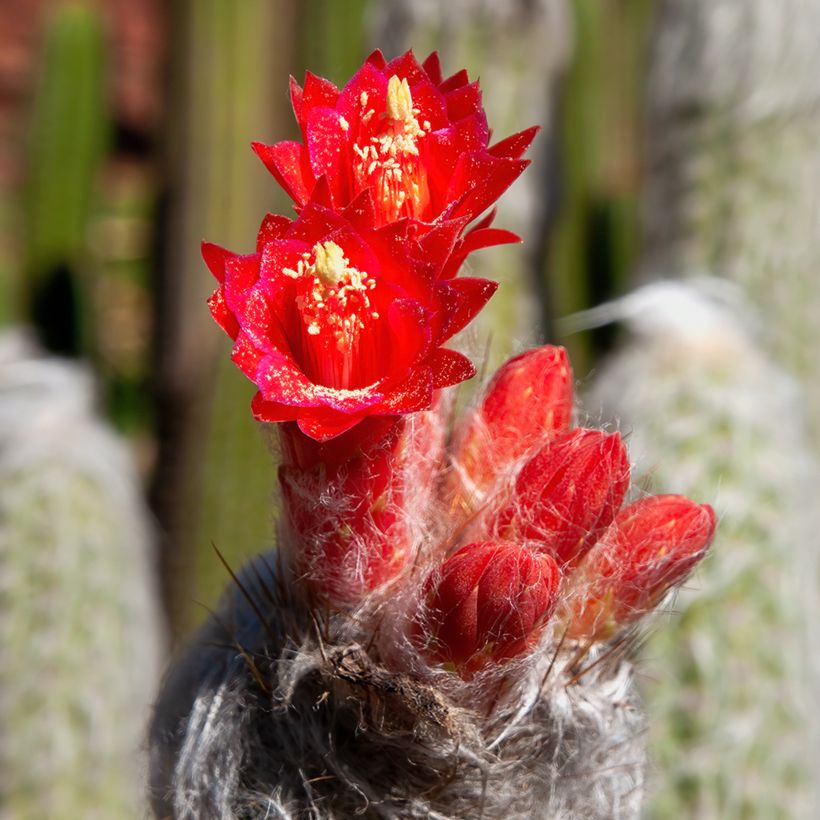



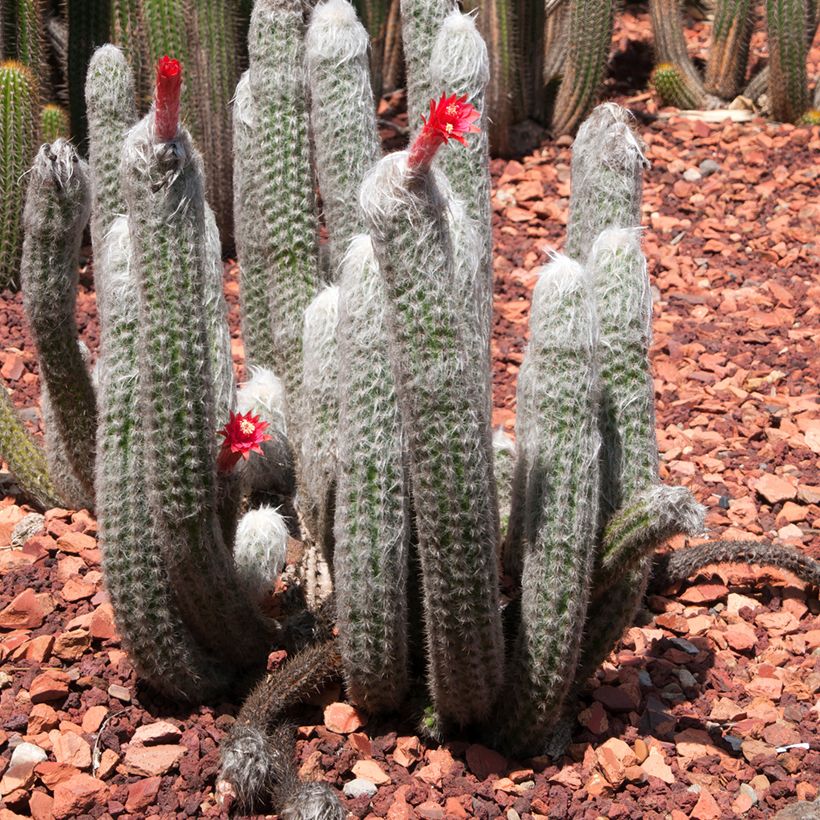

Flowering
Foliage
Plant habit
Botanical data
Cleistocactus
strausii
Cactaceae
Silver torch, Silver torch cactus
Pilocereus strausii, Borzicactus strausii, Cephalocereus strausii, Cereus strausii, Denmoza strausii
Andes Mountains, South America
Other Opuntia
View all →Planting and care
Handle Cleistocactus strausii with gloves and protective goggles.
Container cultivation: Choose a pot with good drainage and use a special cactus substrate, composed of compost and coarse sand to ensure rapid water drainage. Place the pot in a sunny spot, ideally near a south or south-west facing window, where the young plant will receive at least six hours of direct light per day. During the active growth period, from spring to summer, water moderately when the substrate is completely dry, approximately once a week. Reduce watering in autumn and almost completely stop in winter to prevent root rot. It is recommended to repot the plant every two to three years in spring, gradually increasing the pot size until reaching about 20 centimetres in diameter. At this size, the cactus can reach a height of 1.5 metres and develop multiple stems.
Outdoor cultivation: In regions with mild and fairly dry winters, Cleistocactus strausii can be planted outdoors. Select a location in full sun, sheltered from strong winds, and ensure the soil is well-drained, adding sand or gravel if necessary to improve drainage. Although this species can tolerate temperatures down to -10°C for short periods, it is advisable to protect it from frost in winter, particularly by mulching the base of the plant or using a winter fleece. During the growth season, water moderately when the soil is dry on the surface, spacing out watering in autumn and stopping it in winter to avoid excess moisture.
Cleistocactus strausii does not require regular pruning. However, to maintain a neat appearance or control its size, you can remove damaged or diseased stems in spring, using a clean, sharp tool. After cutting, allow the wound to dry and heal for a few days to prevent infections before resuming watering. The plant may produce offsets at the base, which you can leave in place to form a denser clump or remove to propagate.
Planting period
Intended location
Care
Planting & care advice
This item has not been reviewed yet - be the first to leave a review about it.
Similar products
Haven't found what you were looking for?
Hardiness is the lowest winter temperature a plant can endure without suffering serious damage or even dying. However, hardiness is affected by location (a sheltered area, such as a patio), protection (winter cover) and soil type (hardiness is improved by well-drained soil).

Photo Sharing Terms & Conditions
In order to encourage gardeners to interact and share their experiences, Promesse de fleurs offers various media enabling content to be uploaded onto its Site - in particular via the ‘Photo sharing’ module.
The User agrees to refrain from:
- Posting any content that is illegal, prejudicial, insulting, racist, inciteful to hatred, revisionist, contrary to public decency, that infringes on privacy or on the privacy rights of third parties, in particular the publicity rights of persons and goods, intellectual property rights, or the right to privacy.
- Submitting content on behalf of a third party;
- Impersonate the identity of a third party and/or publish any personal information about a third party;
In general, the User undertakes to refrain from any unethical behaviour.
All Content (in particular text, comments, files, images, photos, videos, creative works, etc.), which may be subject to property or intellectual property rights, image or other private rights, shall remain the property of the User, subject to the limited rights granted by the terms of the licence granted by Promesse de fleurs as stated below. Users are at liberty to publish or not to publish such Content on the Site, notably via the ‘Photo Sharing’ facility, and accept that this Content shall be made public and freely accessible, notably on the Internet.
Users further acknowledge, undertake to have ,and guarantee that they hold all necessary rights and permissions to publish such material on the Site, in particular with regard to the legislation in force pertaining to any privacy, property, intellectual property, image, or contractual rights, or rights of any other nature. By publishing such Content on the Site, Users acknowledge accepting full liability as publishers of the Content within the meaning of the law, and grant Promesse de fleurs, free of charge, an inclusive, worldwide licence for the said Content for the entire duration of its publication, including all reproduction, representation, up/downloading, displaying, performing, transmission, and storage rights.
Users also grant permission for their name to be linked to the Content and accept that this link may not always be made available.
By engaging in posting material, Users consent to their Content becoming automatically accessible on the Internet, in particular on other sites and/or blogs and/or web pages of the Promesse de fleurs site, including in particular social pages and the Promesse de fleurs catalogue.
Users may secure the removal of entrusted content free of charge by issuing a simple request via our contact form.
The flowering period indicated on our website applies to countries and regions located in USDA zone 8 (France, the United Kingdom, Ireland, the Netherlands, etc.)
It will vary according to where you live:
- In zones 9 to 10 (Italy, Spain, Greece, etc.), flowering will occur about 2 to 4 weeks earlier.
- In zones 6 to 7 (Germany, Poland, Slovenia, and lower mountainous regions), flowering will be delayed by 2 to 3 weeks.
- In zone 5 (Central Europe, Scandinavia), blooming will be delayed by 3 to 5 weeks.
In temperate climates, pruning of spring-flowering shrubs (forsythia, spireas, etc.) should be done just after flowering.
Pruning of summer-flowering shrubs (Indian Lilac, Perovskia, etc.) can be done in winter or spring.
In cold regions as well as with frost-sensitive plants, avoid pruning too early when severe frosts may still occur.
The planting period indicated on our website applies to countries and regions located in USDA zone 8 (France, United Kingdom, Ireland, Netherlands).
It will vary according to where you live:
- In Mediterranean zones (Marseille, Madrid, Milan, etc.), autumn and winter are the best planting periods.
- In continental zones (Strasbourg, Munich, Vienna, etc.), delay planting by 2 to 3 weeks in spring and bring it forward by 2 to 4 weeks in autumn.
- In mountainous regions (the Alps, Pyrenees, Carpathians, etc.), it is best to plant in late spring (May-June) or late summer (August-September).
The harvesting period indicated on our website applies to countries and regions in USDA zone 8 (France, England, Ireland, the Netherlands).
In colder areas (Scandinavia, Poland, Austria...) fruit and vegetable harvests are likely to be delayed by 3-4 weeks.
In warmer areas (Italy, Spain, Greece, etc.), harvesting will probably take place earlier, depending on weather conditions.
The sowing periods indicated on our website apply to countries and regions within USDA Zone 8 (France, UK, Ireland, Netherlands).
In colder areas (Scandinavia, Poland, Austria...), delay any outdoor sowing by 3-4 weeks, or sow under glass.
In warmer climes (Italy, Spain, Greece, etc.), bring outdoor sowing forward by a few weeks.






























